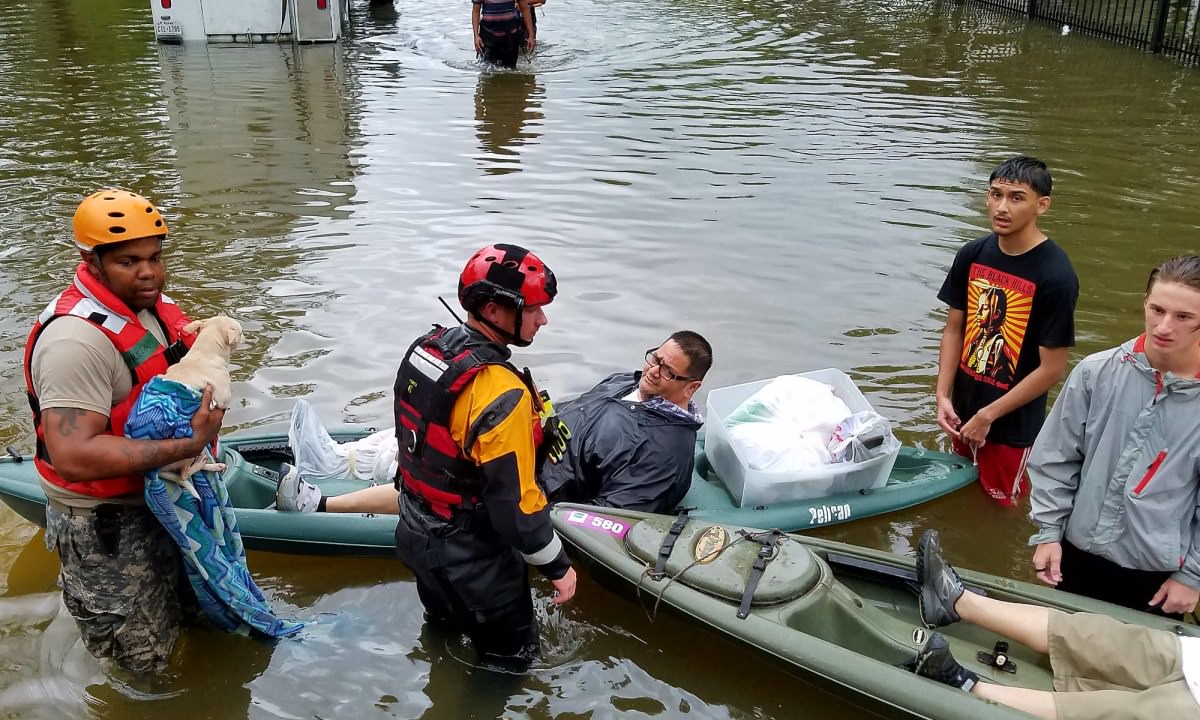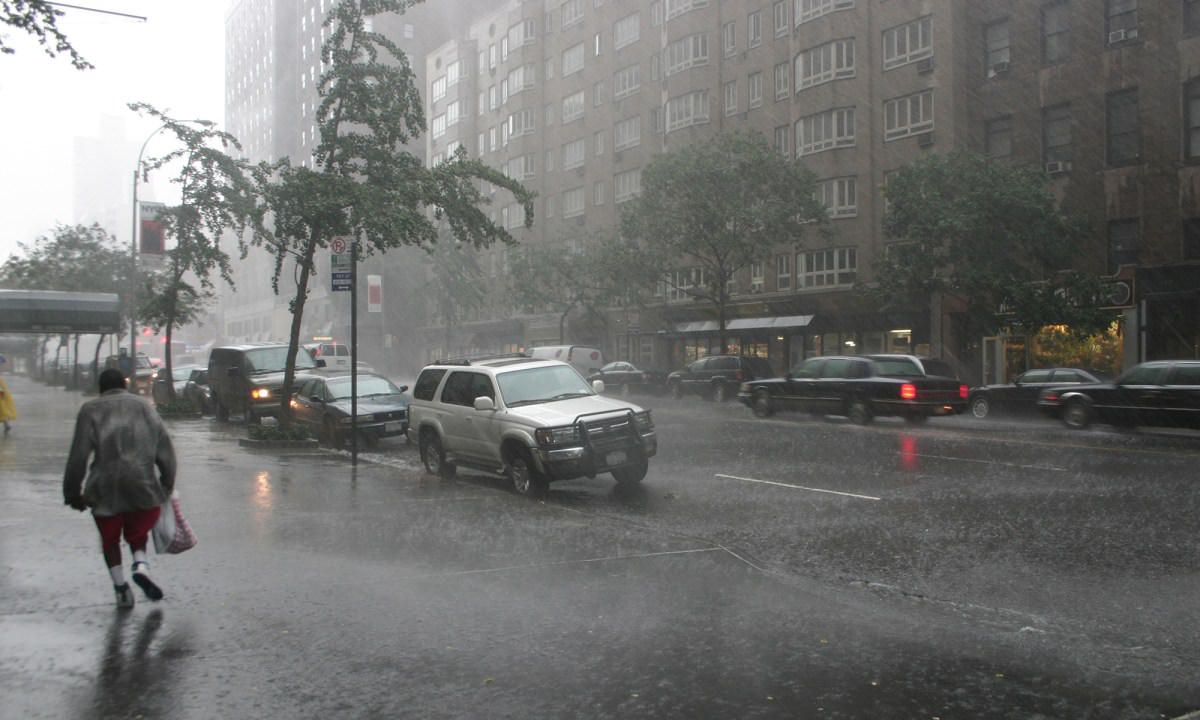A hurricane is a series of cataclysmic events packaged in a swirling system that can reach coasts across the Atlantic and the Pacific.
Preparing for a storm starts well before the time that a named storm comes around. You have to think about it throughout the year, not just the weeks before landfall, so you can prepare yourself for the worst of conditions.
How You Can Help Those Affected
At time of writing, the Gulf Coast was stuck by Hurricane Harvey, leaving thousands displaced and in need of immediate assistance. Blood and monetary donations are needed and more information is available with the Red Cross Gulf Coast chapter. Our thoughts are with everyone who have been affected.
Donations help fuel shelters, food, water, emergency equipment, and support for rebuilding. Please consider a donation to organizations such as the American Red Cross.

Before the Storm
On the Atlantic seaboard, a hurricane generally starts as a pressure system being tracked off the coast of Africa, where it forms from a Tropical Disturbance then a Tropical Depression, Tropical Storm, and finally Hurricane. Satellite imagery has become much more accurate in the past decades and meteorologists will have a good understanding where the storm is headed and what conditions are present to gauge the intensity of the event.
Before the storm is announced, a ready-to-go hurricane kit alleviates the stress of bundling items together at the last minute, especially as shops and markets quickly empty of supplies in the hours before the storm hits. An essential kit should include, among many items a multi-tool, a battery operated radio, a flashlight with extra batteries, a first aid kit, extra cash, checks should ATMs fail, a map of the surrounding area, extra water, charged batteries for portable devices, and essential documents such as ID’s, proof of insurance, certificates, and residency documents. Also be sure to stock essentials for children, pets, and elderly residents who may need assistance.
When the storm is announced and tracked, prepare other factors such as the house and vehicle. Keep branches and trees trimmed well before the storm, as there will not be any collection of debris when a storm is on the way, and any remaining pieces of debris may become projectiles during the storm. Take any patio furniture inside. Cover any doors and windows with plywood or metal shutters and protect openings from projectiles.
If you’re not evacuating, choose a windowless room or closet to remain inside until the storm has passed. Contrary to belief, any furniture or objects thrown into a pool may still be hazardous in high winds. Prepare vehicles by keeping gas tanks full before the storm and storing them in a safe location away from overhead branches or power lines.

During the Storm
Turn off electricity at the main breaker in the event of severe flooding and turn off appliances to reduce the risk of damage. Stay away from any water or electrical equipment as power lines or water lines may be struck by lightning.
There will be a momentary lull during the eye of the storm, but going outside may risk getting trapped in winds coming from the outer wall of the opposite direction as the storm passes over. Keep listening to the radio until the authorities have given the all clear to return outside.
During the storm, it’s best to keep young ones entertained with board games, drawing materials, arts and crafts, books, toys, and battery operated items. Avoid anything that would need to be plugged into the wall or recharged.
During a storm, eat simple, easy to prepare meals and drinks. Don’t use camping, charcoal, or generators inside, as they may be the cause of treacherous fumes.
Keep listening intently to the instructions from civil authorities and go outside once the signal for all clear has been issued.

After the Storm
More incidents and accidents occur after the storm than during. Be extremely wary of the environment in the aftermath of the hurricane. Structural integrity of homes and buildings may be compromised. Glass may be shattered and difficult to see. Tree branches and other foliage may suddenly come loose and crash down. Power lines and cables may dangle and come in contact with pools of water.
The passing of a hurricane isn’t an indication that all weather systems have passed, with subsequent rain bands that may cause additional flooding. Avoid drinking from tap water as it may be contaminated. Drink only from bottled water or from approved containers. Do not try to repair damage that you feel is unsafe or better left to a professional.
Safety during a hurricane is best left to using good judgment regarding seen and unseen dangers, and adhering to the instructions of meteorologists and professional authorities. More incidents happen post storm than during, and children are especially susceptible to hazards during a storm, but with the right mindset and proper precautions, it’s possible to comfortable weather the storm.